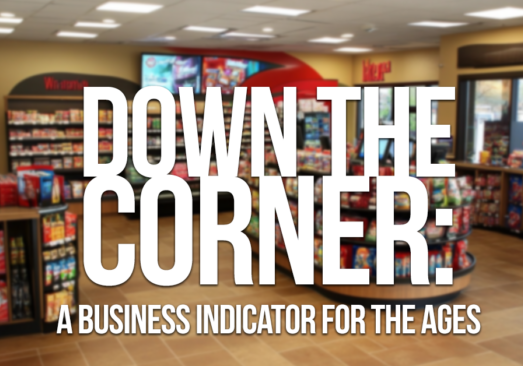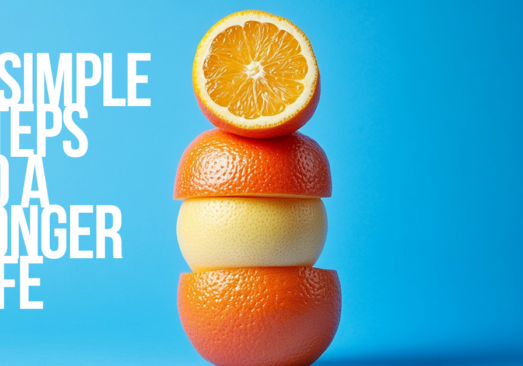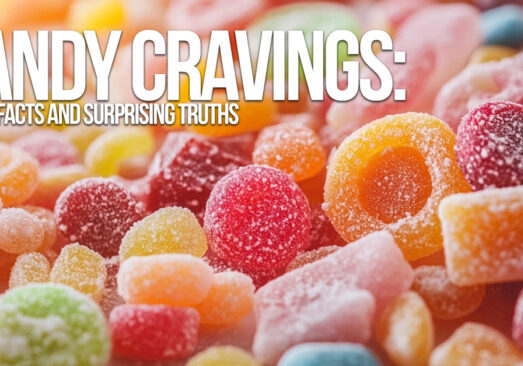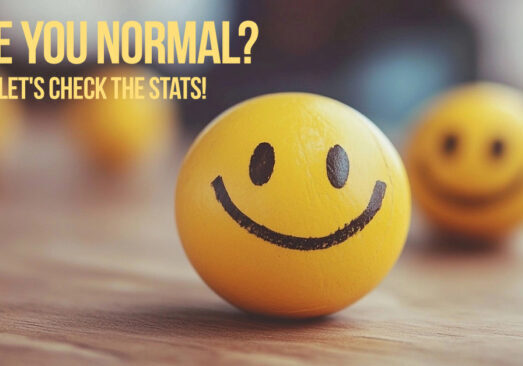Decoding the Grocery Aisle: Your Guide to Nutrition Labels
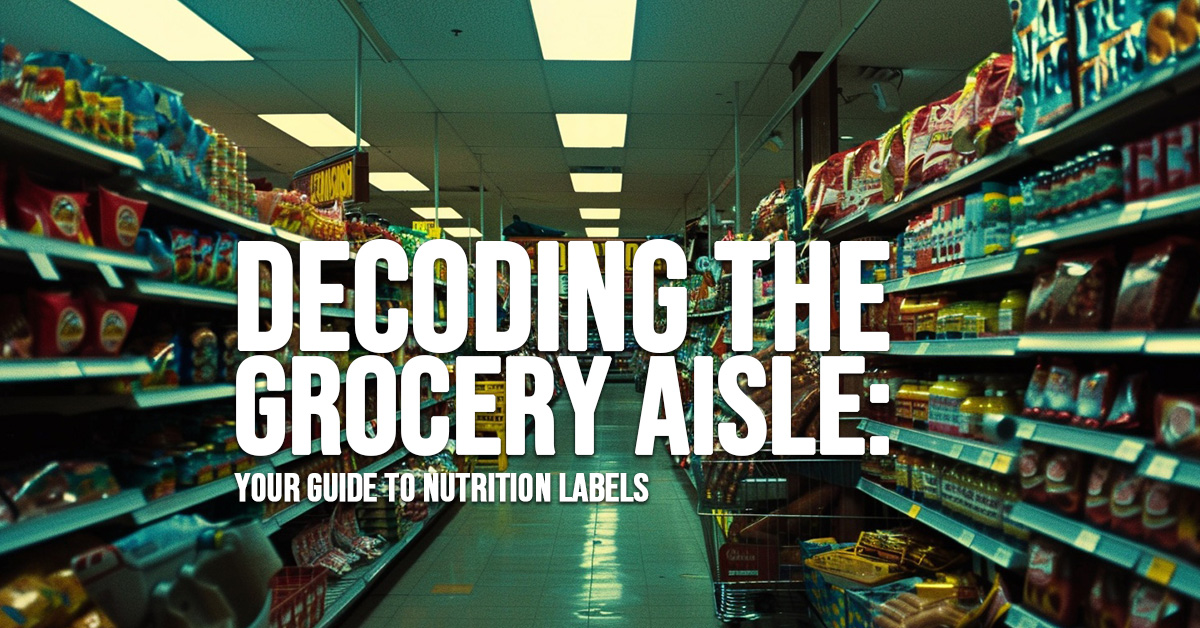
Decoding the Grocery Aisle: Your Guide to Nutrition Labels
We’ve all been there: standing in the grocery aisle, staring at a confusing jumble of numbers and percentages on a food label. What exactly does it all mean? Are those calories per serving, or for the whole box? Is this a “healthy” option, or a sugar bomb? Fear not, fellow food shoppers! This guide will equip you with the knowledge to decipher those nutrition labels and make informed choices for you and your family.
Serving Size: Don’t Be Fooled!
The first thing to tackle is serving size. This number is supposed to represent a typical amount of food someone would eat in one sitting. However, be warned: these serving sizes are often much smaller than what people actually consume. This can be a sneaky tactic to make a product appear lower in calories or fat. The key takeaway? Pay attention to the number of servings per package. If you devour the whole box in one go (we’ve all been there!), you’ll need to multiply the calories and nutrients by the number of servings you actually ate.
Calories: The Energy Source, Not the Enemy
Calories are a unit of energy. The label tells you how many calories are in one serving of the food. Remember to factor in serving size here! While a low calorie count might seem appealing, it’s not the only factor to consider. A balanced diet includes a variety of foods, and some healthy options may be naturally higher in calories (think nuts or avocados).
Daily Values (DV): Your Personalized Roadmap
Daily Values (DV) are expressed as a percentage. They show how much of a particular nutrient (vitamins, minerals, fiber, etc.) a single serving of the food contributes to a 2,000-calorie daily diet. Generally, you want higher DVs for good-for-you nutrients like fiber and lower DVs for things like saturated fat, sodium, and trans fat. This handy percentage system allows you to compare different foods and see which ones align best with your dietary needs.
Nutrition Terms: Cracking the Code
The label uses specific terms to indicate how much of a nutrient is in a serving. Here’s a quick cheat sheet:
- Low in a nutrient: 40 calories or less per serving
- Calorie Free: 5 calories or less per serving
- Low Cholesterol: 20 milligrams or less and less than 2 grams of saturated fat per serving
- Good Source of a nutrient: 10-19% of the Daily Value for that nutrient in a single serving
- High in a nutrient: 20% or more of the Daily Value for that nutrient in a single serving
Ingredients: Unveiling the Sugar Sneakers
The ingredient list is a goldmine of information. Ingredients are listed in descending order by weight, so the first item is what’s present in the greatest amount. Be on the lookout for sugar in disguise! Manufacturers use many different names for sugar, like corn syrup, rice syrup, or even ingredients ending in “ose” (fructose, dextrose). Sugar can also hide as “ol” ingredients like sorbitol or maltitol. By understanding these sneaky tactics, you can make informed choices about the amount of added sugar you’re consuming.
Eating Smart, Living Well
Taking the time to understand nutrition labels empowers you to make informed choices about the food you put on your plate. Eating a healthy diet is an investment in your well-being, and a small price to pay for a longer, healthier life.
Good Friends a Lifetime of Trust
Contact Us
OUR LOCATION
3501 Coffee Rd. Suite 1 AModesto, CA 95354
1-844-471-8952
CA License # 0I56011
© Copyright 2024 Toste Insurance Services | All Rights Reserved
Site by ICA Agency Alliance
3501 Coffee Rd. Suite 1 AModesto, CA 95354
1-844-471-8952
CA License # 0I56011
© Copyright 2024 Toste Insurance Services | All Rights Reserved
Site by ICA Agency Alliance



